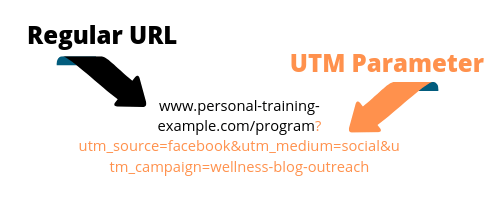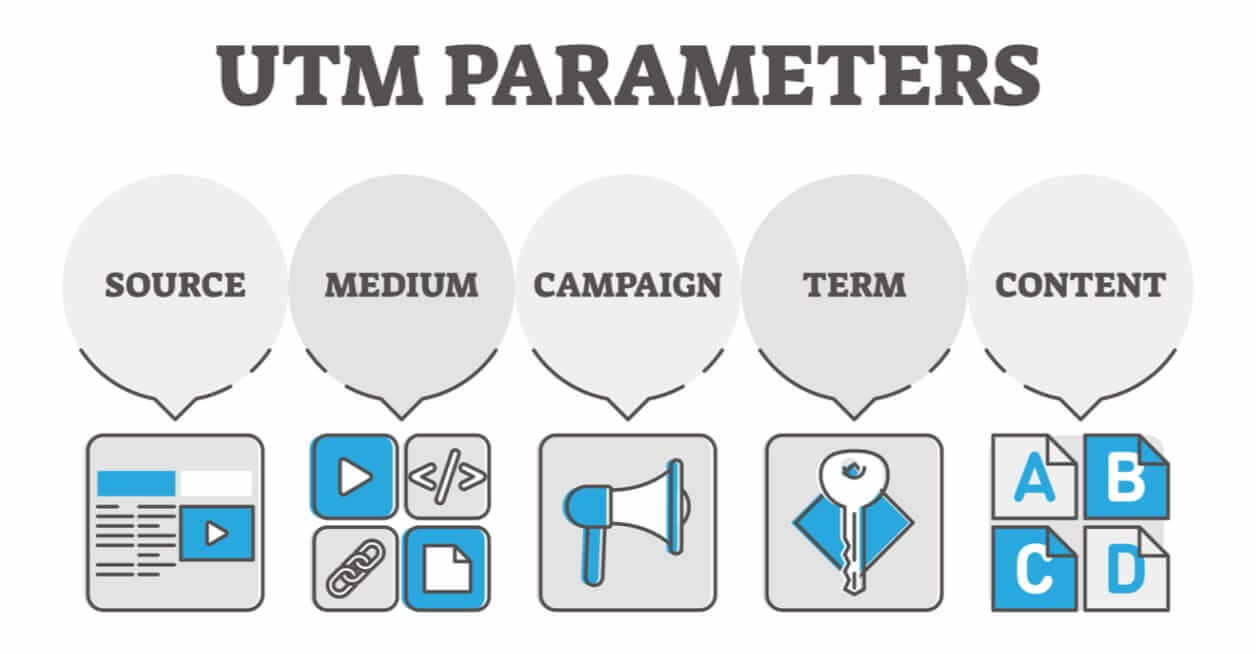Have you ever wondered why most website URLs look like they were written by somebody who fell asleep on their keyboard before the job was done? For instance:
https://www.example.com?utm_source=newsletter&utm_medium=email&utm_campaign=50percent-dec21
Well, these seemingly muddled combinations of letters, numbers, and symbols are called UTM parameters and they actually help digital marketers optimize their campaigns and prove return on investment (ROI).
 Source: Alexa Blog
Source: Alexa Blog
What exactly are UTM parameters and why do you need them? Read on to find out.
This article will explain UTM meaning, the different types of UTM parameters, and the benefits of UTM tracking.
What Are UTM Parameters?
Urchin Tracking Module -- popularly known as UTM parameters, UTM codes, or just UTMs - are particular text strings that can be appended to URLs. They allow you to track those URLs when somebody clicks on them.
Simply put, UTM parameters help you understand how your visitors interact with your website. They actually tell a valuable story about the people visiting a specific page on your site.
UTMs were initially introduced by Urchin Software Corporation and are now supported by Google Analytics.
Why Use UTM Parameters
UTM parameters provide insight into the precise use of a URL and the marketing campaign that directs traffic to a website. Instead of collecting data just on the page level, these UTMs allow you to gather data on an individual URL level. This helps measure results from pay-per-click (PPC) campaigns, social media, and content marketing efforts.
UTM tracking helps you:
- Monitor where your traffic is coming from
- Recognize best-performing channels
- Measure the effectiveness of marketing campaigns
- Identify the backlinks driving the most conversions and traffic
- Design prospective campaigns to focus more on top-performing channels and links
Types of UTM Parameters
 Source: Search Engine Journal
Source: Search Engine Journal
You can add 5 kinds of UTM parameters to your content to help track traffic. These include:
1. utm_source
It helps identify the source of your traffic. For example:
- A newsletter,
utm_source=newsletter - A social ad on Facebook,
utm_source=facebook - An email signature,
utm_source=email-signature
2. utm_medium
It identifies the medium. You may think of it as the delivery method or the channel through which the link is served. For instance:
- A social post on Twitter or Facebook,
utm_medium=social - An email,
utm_medium=email - A banner ad,
utm_medium=paidsearch
3. utm_campaign
It specifies the campaign that the URL is a part of. This could be an identifier such as a tagline or a campaign name. For example, if you're promoting a 30% discount in December 2021, you may use utm_campaign=30percent-dec21.
4. utm_content
This parameter provides further information about your link, so it can be used in several different ways. For instance, you may use it when A/B testing (such as testing two different versions of a CTA or an ad).
5. utm_term
It helps identify the keywords that drive clicks via a paid search campaign. For example, a paid ad campaign for weight loss supplements may include utm_term=lose-weight, utm_term=get-healthy, or utm_term=beach-body.
Conclusion
UTM parameters are a potent way to collect, monitor, and review your marketing data, helping you see what's working and what's not. This way, you can derive valuable insights to improve future campaigns.
For more advanced analytics, try out PoeticMetric -- a lightning-fast analytics tool that prioritizes privacy and complies with regulations. It ensures no cookies or personal data is collected, so you don't have to worry about cookie banners, GDPR, CCPA, or PECR. Start your free trial now.
